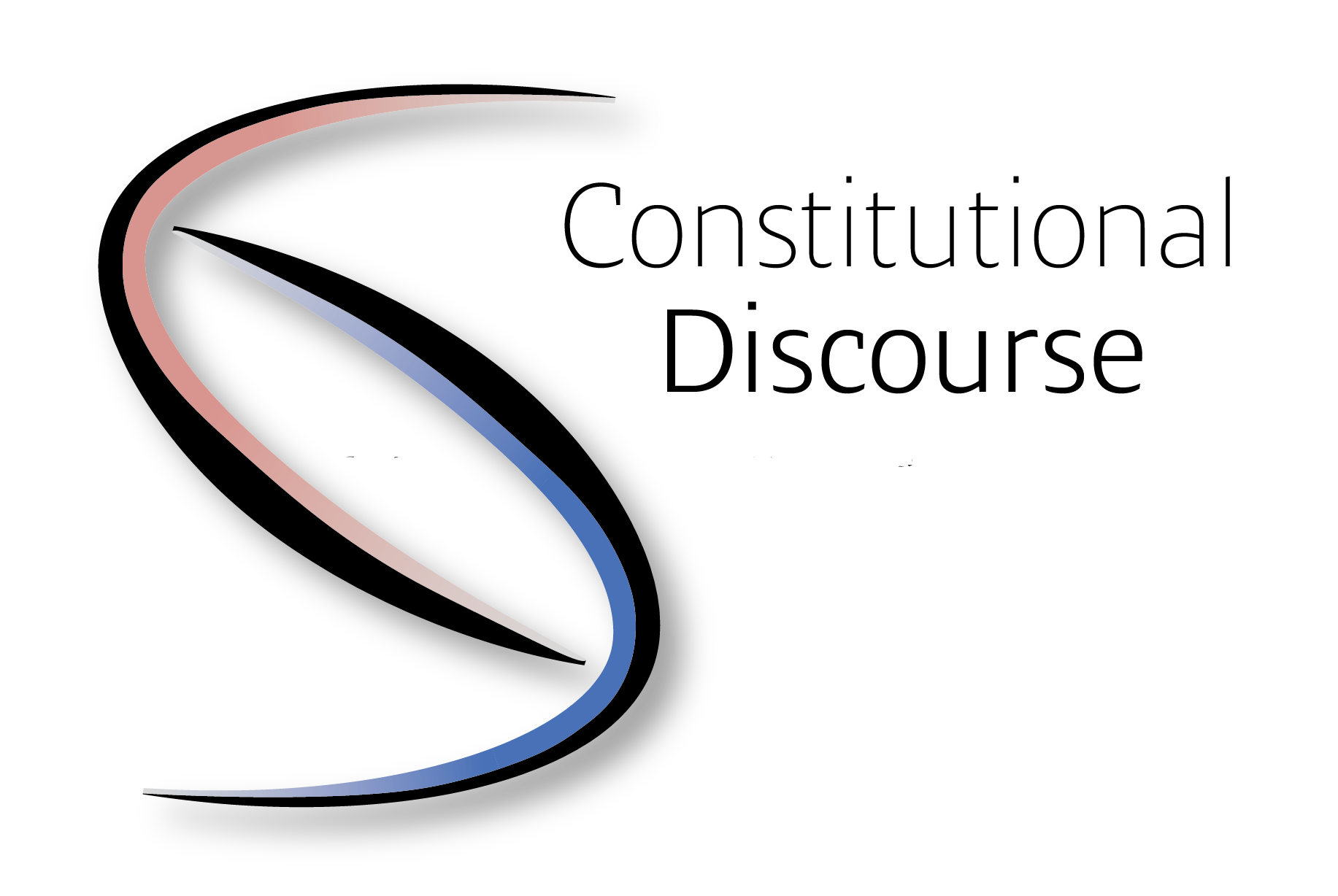Zsuzsanna Mária NAGY: Navigating Change: Examining Brexit’s Influence on the Future of the European Union – Remarks based on Lilla Nóra Kiss’s book titled “The main legal, institutional and social aspects of exiting the EU”
The Brits have decided to exit the European Union in 2016 via a referendum, after which the long process of negotiations and bargaining between the United Kingdom (UK) and the European Union (EU) has started. The Brexit finally happened on
Márton SULYOK: The Pros and Cons of Constitutionalism? A Review of Martin Loughlin’s Against Constitutionalism
These days, due to many rule of law debates going on around the world, especially in Europe (within the EU), the set of principles encompassing that of the rule of law merits examination as well. This set of principles is
Lilla Nóra KISS – Mónika MERCZ: A Win-Win Approach in Human Rights Advocacy? Lessons from “Human dignity and law. Studies on the dignity of human life”
Towards a Dignified Discourse on Human Rights? The universal respect for human rights should be the tie that binds, not divides our societies. Unfortunately, the currently raging conflict in Ukraine, the rising global tensions as well as the increasing shift in
Lilla Nóra KISS: Constitutionalism: Universal but Unique?
In the current “rule of law” climate, a book such as the one reviewed hereunder might provide us with some much needed guidance in our arguments over what the concept of constitutionalism is and what it really means in terms
Frederik BEHRE: A Ministry of Finance?
Charting and Testing the National Constitutional Limits to EU Fiscal Integration I am honored to have been invited to introduce my 2021 PhD-thesis titled “A Ministry of Finance? Charting and Testing the National Constitutional Limits to EU Fiscal Integration”, published in
Norbert TRIBL – Mónika MERCZ: Summary of the European Review
Edited by László Trócsányi and Gábor László Lovászy. The original book is in Hungarian, titled “Európai Körkép”, Budapest, Ludovika Egyetemi Kiadó, 2020 A handbook titled ‘European Review’ is a recent publication containing more than 800 pages. It was published (in Hungarian)




